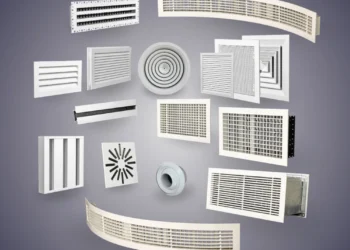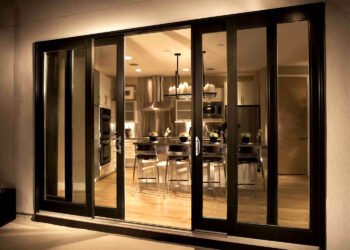In the world of high-speed packaging, precision and consistency are non-negotiable. One tool that plays a crucial role in achieving both is the shrink film heat tunnel. Whether you’re sealing individual retail products or bundling multi-packs for shipping, heat tunnels have become the gold standard for delivering professional, secure packaging at scale.
What Is a Shrink Film Heat Tunnel?
A shrink film heat tunnel is an enclosed system that applies consistent heat to a product wrapped in shrink film. As the product passes through the tunnel on a conveyor, the surrounding film contracts tightly around it, creating a neat, tamper-evident seal. These tunnels are designed to maintain uniform temperature distribution, ensuring each item gets an even, durable finish.
Compared to manual sealing or inconsistent heat guns, a shrink tunnel streamlines the process and eliminates guesswork. It’s especially useful in industries like food, pharmaceuticals, electronics, and retail, where visual presentation and product protection matter equally.
The Role of the Heat Chamber
At the core of a shrink tunnel lies the heat chamber—the zone where the actual shrink process takes place. The heat chamber is engineered to distribute warm air at a controlled temperature and velocity to make the shrink film respond quickly and uniformly. This consistent airflow is vital in avoiding wrinkles, cold spots, or uneven sealing.
Advanced tunnels come with adjustable settings for temperature, conveyor speed, and air flow direction. This flexibility allows manufacturers to work with various film types—like polyolefin, PVC, or polyethylene—and multiple product sizes without constantly switching equipment.
Speed Without Sacrificing Seal Integrity
One of the biggest advantages of using a shrink film heat tunnel is the dramatic improvement in packaging speed. Manual wrapping and sealing can take several minutes per item. With a tunnel system, companies can process hundreds or even thousands of items per hour.
But increased speed doesn’t mean compromising seal quality. In fact, the seals formed inside a tunnel are often stronger and more aesthetically pleasing than those created through manual methods. This is especially important for products that will be transported over long distances or displayed on retail shelves.
Enhancing Product Presentation
In many industries, the first impression is made through the packaging. Wrinkled or loosely fitted shrink film can make even the highest-quality products appear cheap or mishandled. With the precision of a shrink film heat tunnel, every package gets a clean, smooth, and consistent finish—perfect for brand presentation.
Additionally, clear shrink film applied evenly over the product lets consumers view labels, branding, and barcodes without obstruction. For food or cosmetic items, this kind of visual clarity can directly impact purchase decisions.
Energy Efficiency and Automation
Modern heat tunnels are built with energy efficiency in mind. Many units feature insulated chambers and precision thermostats to reduce energy waste while maintaining optimal performance. Some also include standby modes, programmable settings, and automatic shut-offs when idle—making them both eco-friendly and cost-effective.
When integrated into a fully automated packaging line, a shrink tunnel can operate seamlessly with wrapping machines, labelers, and sorting conveyors. This eliminates manual handling and lowers labor costs, especially beneficial for high-volume production facilities.
Compatibility With Various Industries
Shrink tunnels are incredibly versatile and used across multiple sectors:
- Food packaging: Securing meal kits, bottled drinks, and snacks
- Pharmaceuticals: Tamper-proof seals for medicine bottles and cartons
- Retail: Neat bundling of cosmetics, electronics, and books
- Logistics: Multi-unit wrapping for bulk transportation
Their ability to provide both protective and attractive packaging makes them indispensable across these applications.
Tips for Optimal Tunnel Use
To get the best results from a shrink film heat tunnel, consider the following:
- Match film thickness and type to the tunnel’s heat capacity
- Calibrate speed and temperature according to product dimensions
- Regularly inspect the heat chamber for uniform airflow and cleanliness
- Use consistent product spacing to ensure even shrink coverage
- Train operators on safety and adjustment controls for maximum efficiency
These small adjustments can have a large impact on overall output and packaging consistency.
Conclusion
Whether you’re a small business scaling up or a manufacturer refining your operation, a shrink film heat tunnel offers the efficiency, reliability, and quality control modern packaging demands. With the right setup and a well-calibrated heat chamber, this equipment can transform your packaging process—ensuring faster production times, durable seals, and professional presentation every single time.





